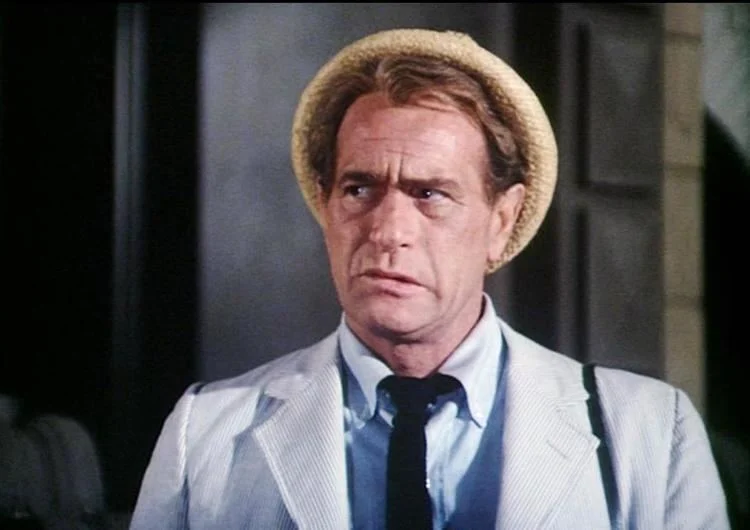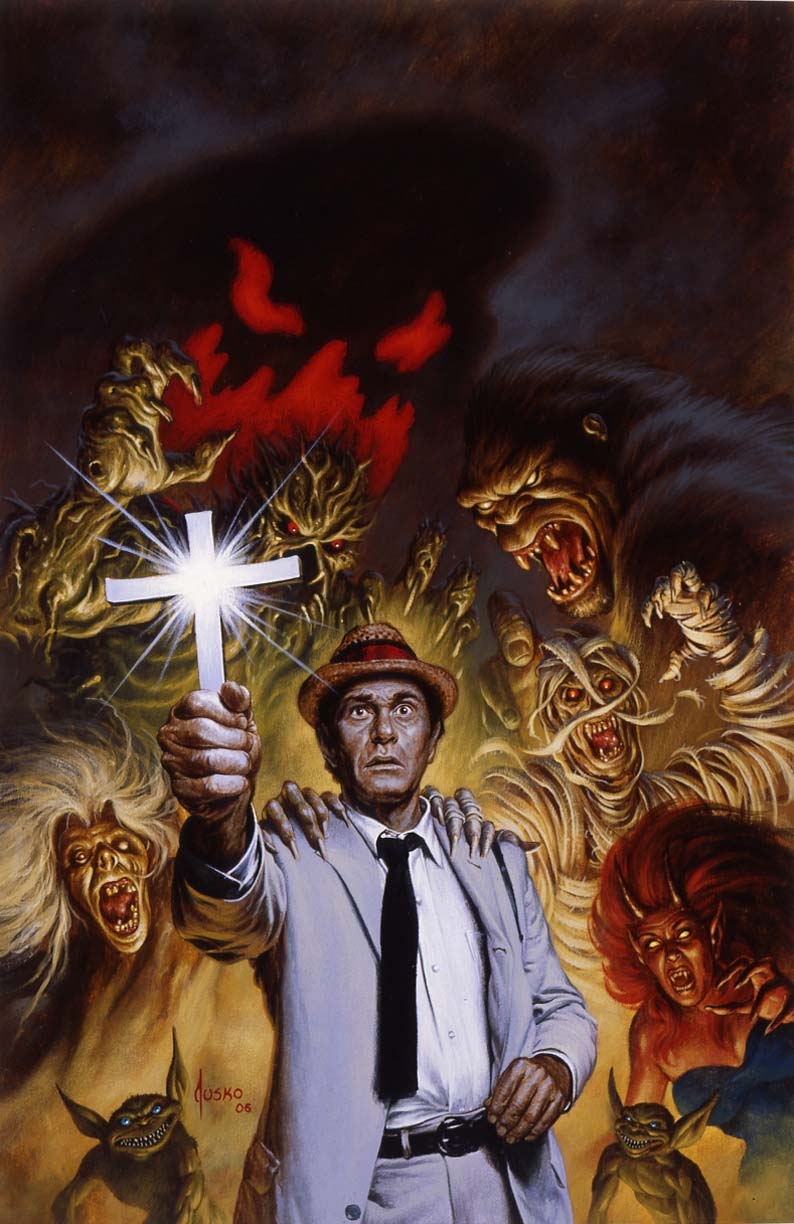
The first Zombie I met was a rerun of “The Night Stalker,” which debuted in 1974. By then, as a regular American kid, I already knew Count Dracula, Frankenstein’s monster, the Mummy, and had a favorite, the Wolfman. Who knew then that Abbott and Costello had set the bar for what it meant to be a monster. Ghosts were in another category; there was no Hasbro action figure, no Revell model.
Then came the Zombie invasion.
The Zombie Invasion
The Zombie in Episode 2 of The Night Stalker is very much a “traditional” Zombie.
Before “The Night of the Living Dead” (1968), Zombies were like any other monster: they had a certain set of reliable attributes. In the same way Vampires cannot appear in the mirror, and the Wolfman transforms under a full moon, Zombies were created through the dark arts, often in the West Indies.
If you search for the oldest Zombie movies, including White Zombie (1932), King of the Zombies (1941), and Voodoo Man (1944), you’ll find the Zombie follows a similar pattern. What this means is the Zombie is the first All-American Monster, our contribution to the Monster Hall of Fame.
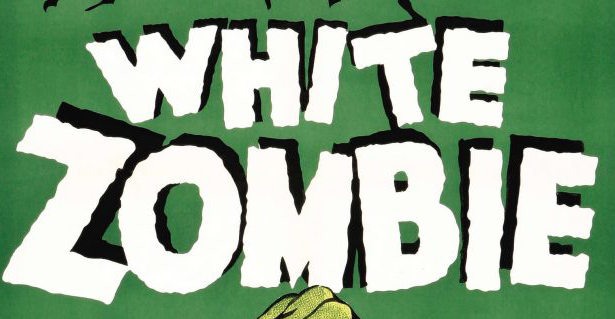
Note how some aspects of monsters are unchanging, defying the passage of time and the wide array of writers who have tried to put a creative spin on the story.
One reliable trait: the Zombie is no longer who it once was. Contrast this with Hollywood’s portrayal of Ghosts, which are almost exactly as we were in life. The Zombie has been transformed, it’s beyond dead.
In Dungeons & Dragons Zombies fall under the heading of Undead, alongside Spectres, and the Lich. Unlike these high-level Undead, the Zombie has no agenda. The Zombie would be happy to simply Rest In Peace. More similar to the Mummy, heroes work to destroy the power behind the Zombie. Destroy the “master,” the Zombie can return to the grave.
In this way, the Zombie is a sympathetic figure, its lifeless body has been nefariously repurposed.
Then here comes “The Night of the Living Dead.”
Here Comes the Dead
Amazingly, the word Zombie is never uttered. How many times has this happened over the years, like “play it again, Sam” from Casablanca.
George Romero, the Father of the Zombie Film, also wrote “Dawn of the Dead” (1978), “Day of the Dead” (1985), and 1990’s “Night of the Living Dead” remake.
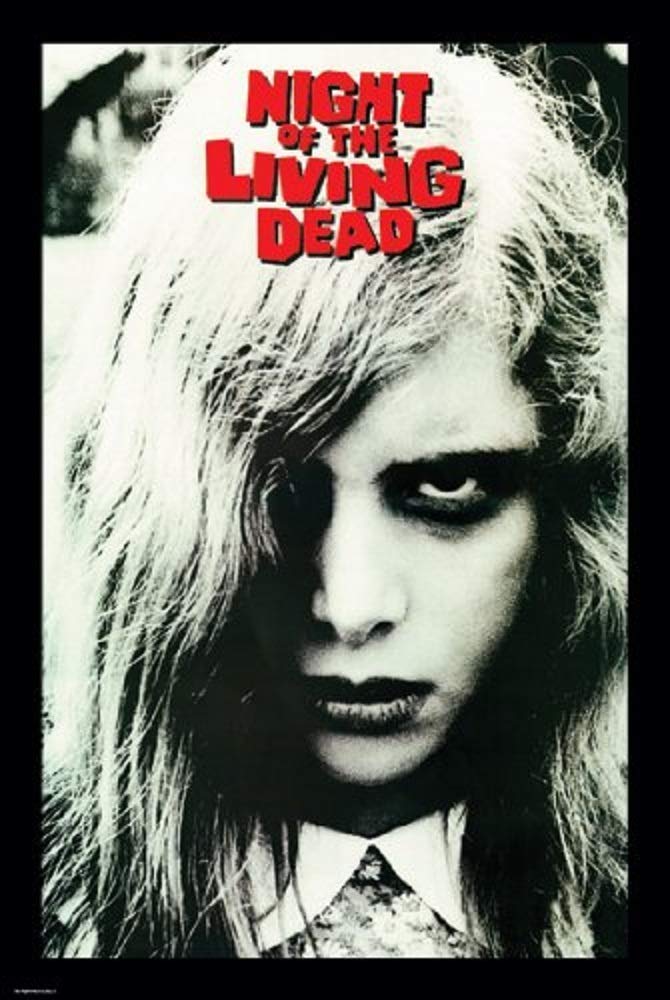
Romero and his team were inspired by Science Fiction Hall of Famer (2010) Richard Matheson in his 1954 novel, “I am Legend,” which Frankford Publishing ranks as the #10 Greatest Science Fiction Book of All Time.
When First is Last
Modern audiences are familiar with the Will Smith version (2007), but the same role is portrayed by Charlton Heston in “Omega Man” (1971), and Vincent Price in “The Last Man on Earth” (1964).
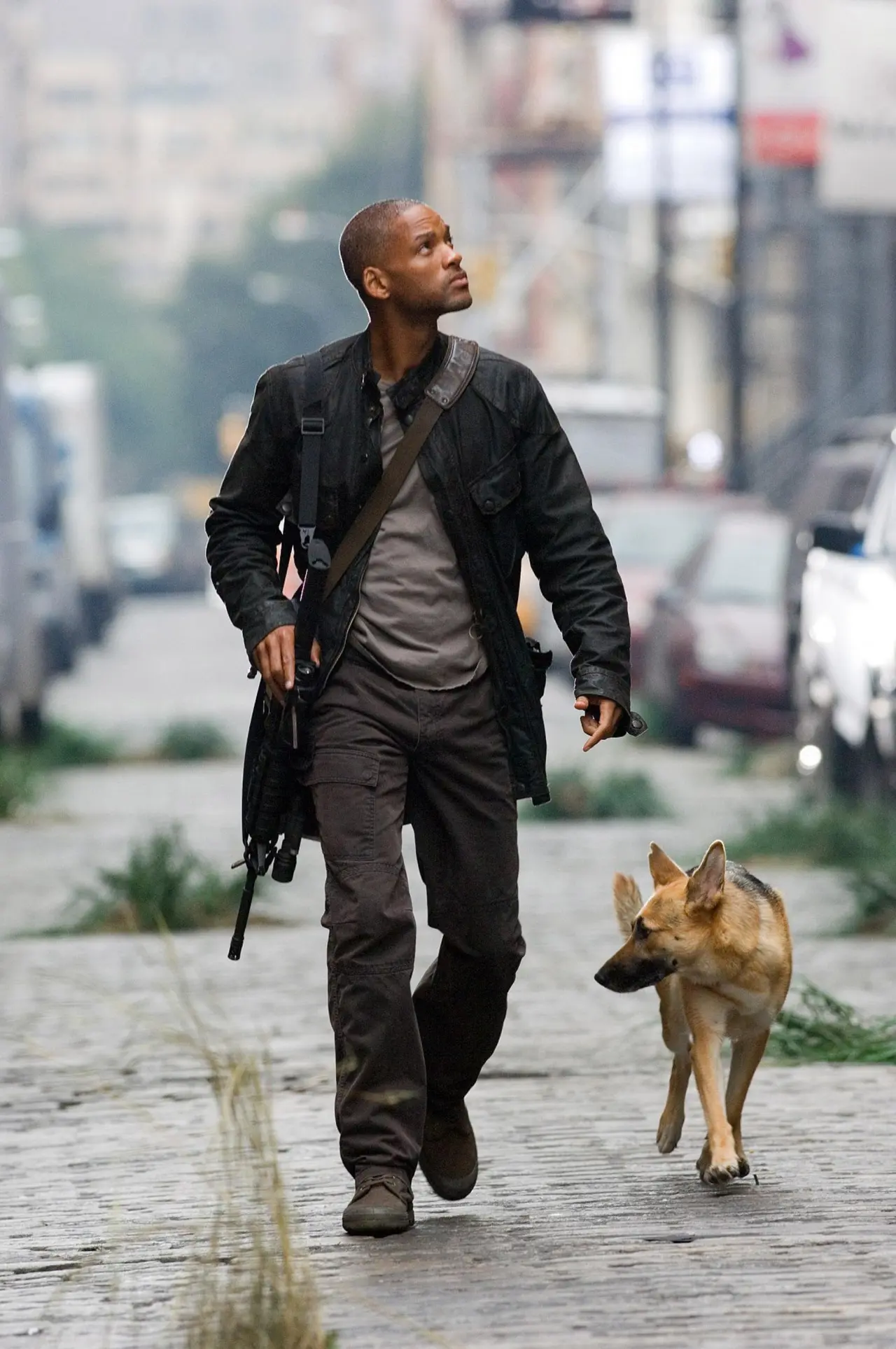
Matheson earned the World Fantasy Award for Lifetime Achievement (1984) and the Bram Stoker Award for Lifetime Achievement (1991), as well as the World Horror Convention Grand Master Award (1993). Most people were exposed to Matheson’s storytelling through the Twilight Zone episode “Nightmare at 20000 Feet,” featuring William Shatner. Artists ranging from Stephen King to Steven Spielberg have cited Matheson as an inspiration.
When Matheson penned “I am Legend,” he wondered, what if the Vampires won? Surely such a persistent myth as Vampires must have some basis in science, and given their powers, what’s to stop them?
Like the other books in Frankford’s Top Ten, starting with #1 Dune, #2 Frankenstein, #3 Brave New World, #4 1984, #5 Dhalgren, #6 The Left Hand of Darkness, #7 Kindred, #8 Neuromancer, and #9 Do Androids Dream of Electric Sheep? (or Blade Runner), it’s not just worth a read; completing Frankford Publishing’s Top 10 transforms you into a well-rounded Science Fiction expert.
Look for books #11-20 in our next publication, “Farewell My Zombie.”
Romero had his own questions he hoped to answer with “The Night of the Living Dead.”
If “I am Legend” meant only one lucky and resourceful “Omega Man” had survived, how did the plague start? Note this is addressed in the Will Smith version but not in previous versions, and is only alluded to in the book itself.
When a reporter asked Matheson if he was proud to see his book turned into a movie three times he said (and I paraphrase), “Maybe one day they’ll actually tell the story.” (You’ll find no spoilers here.)
Rather than follow the Vampire route, Romero thought of his creatures as Ghouls.
Combining Matheson’s Vampires and Romero’s Ghouls produced a Zombie plague from which we may never recover.
One could argue Frankenstein is the original Zombie story.
Since the 1931 black-and-white movie is canon, it’s clear Frankenstein is more doctor than witch. Yet, Frankenstein’s monster has been reanimated, stitched together from dug-up parts; it doesn’t get any more Zombie than that.
If someone asked you to describe Frankenstein’s monster you would immediately think of Boris Karloff’s original portrayal, which has never been equaled or challenged, despite the sixty movies (and counting) that feature the monster, and efforts from some of Hollywood’s greatest actors, including Robert DeNiro, Christian Bale, Benedict Cumberbatch, Christopher Lee, Bela Lugosi, and Lon Chaney, Jr. Looking back, only Peter Boyle could make the role his own.
I recommend any Zombie fan go back and give Season 1, Episode 2 of The Night Stalker a chance. Tell me, is it the best Zombie ever?
